Are OGs just a phase?
wherewerewe
18 years ago
Related Stories

REMODELING GUIDESPlan Your Home Remodel: The Interior Renovation Phase
Renovation Diary, Part 4: Peek in as the team opens a '70s ranch home to a water view, experiments with paint and chooses tile
Full Story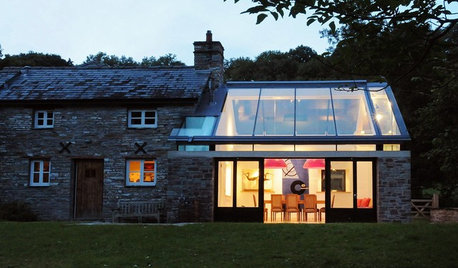
BUDGETING YOUR PROJECTDesign Workshop: Is a Phased Construction Project Right for You?
Breaking up your remodel or custom home project has benefits and disadvantages. See if it’s right for you
Full Story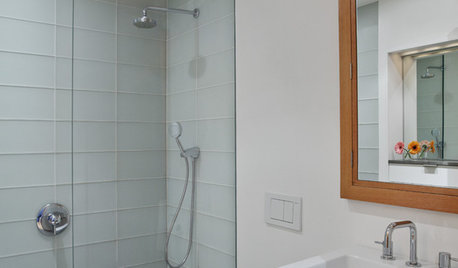
BATHROOM DESIGNConvert Your Tub Space to a Shower — the Planning Phase
Step 1 in swapping your tub for a sleek new shower: Get all the remodel details down on paper
Full Story
BATHROOM DESIGNConvert Your Tub Space Into a Shower — the Tiling and Grouting Phase
Step 3 in swapping your tub for a sleek new shower: Pick the right tile and test it out, then choose your grout color and type
Full Story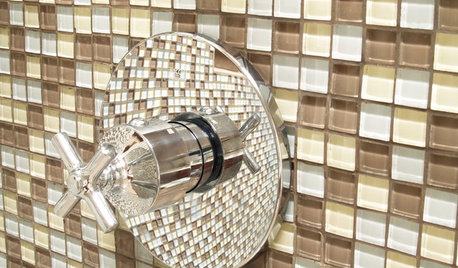
BATHROOM DESIGNConvert Your Tub Space to a Shower — the Fixtures-Shopping Phase
Step 2 in swapping your tub for a sleek new shower: Determine your mechanical needs and buy quality fixtures
Full Story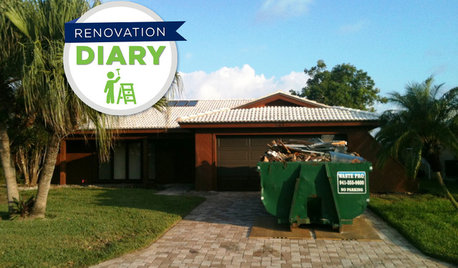
REMODELING GUIDESPlan Your Home Remodel: The Construction Phase
Renovation Diary, Part 3: The Dumpster arrives, and a little designing on the fly comes in handy
Full Story
REMODELING GUIDESThe 4 Stages of a Remodel: The Honeymoon Phase
Prepare for the fast-paced progress of demolition — and the potentially jolting slowdown of structural issues
Full Story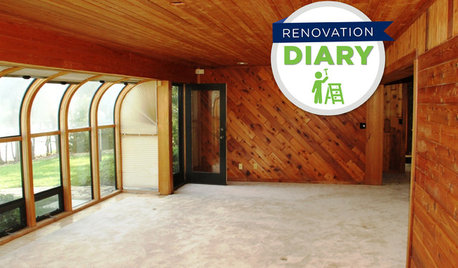
REMODELING GUIDESPlan Your Home Remodel: The Design and Drawing Phase
Renovation Diary, Part 2: A couple has found the right house, a ranch in Florida. Now it's time for the design and drawings
Full Story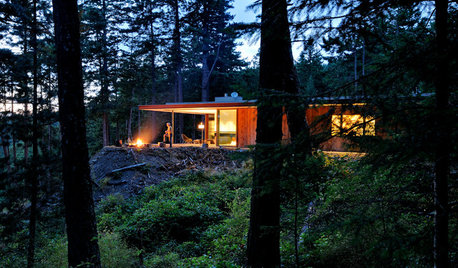
HOUZZ TOURSHouzz Tour: Just What Mom Wanted, Off the Washington Coast
With an art studio, age-in-place features and a view-maximizing design, this home shows just how well the architect knows his client
Full Story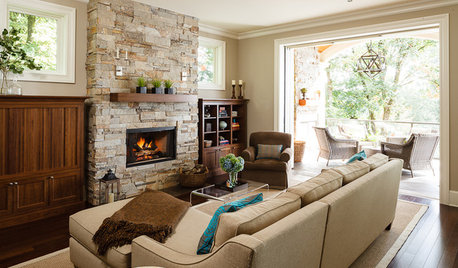
LIVING ROOMSRoom of the Day: Just Right for 2 and a Crowd
Cozy enough for a couple but welcoming to extended family, this Portland home has lots of design tricks up its sleeve
Full StorySponsored
Custom Craftsmanship & Construction Solutions in Franklin County
More Discussions







grasses2
abgardeneer
Related Professionals
Forest Park Landscape Architects & Landscape Designers · Kapaa Landscape Architects & Landscape Designers · Arlington Landscape Contractors · Mission Viejo Landscape Contractors · Mount Sinai Landscape Contractors · Pikesville Landscape Contractors · Rochester Landscape Contractors · Tinton Falls Landscape Contractors · Vashon Landscape Contractors · York Landscape Contractors · Fort Lee Solar Energy Systems · Hayward Solar Energy Systems · Maplewood Solar Energy Systems · Forest Grove General Contractors · Texas City General Contractorspezhead
hillspride
jake
pezhead
jake
AgastacheMan
jake
donn_
hillspride
hillspride
AgastacheMan
dawgie
jake